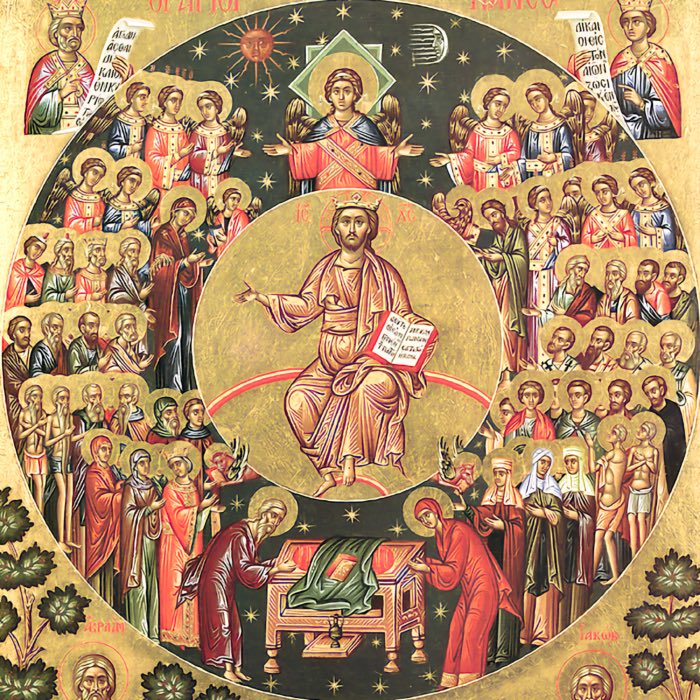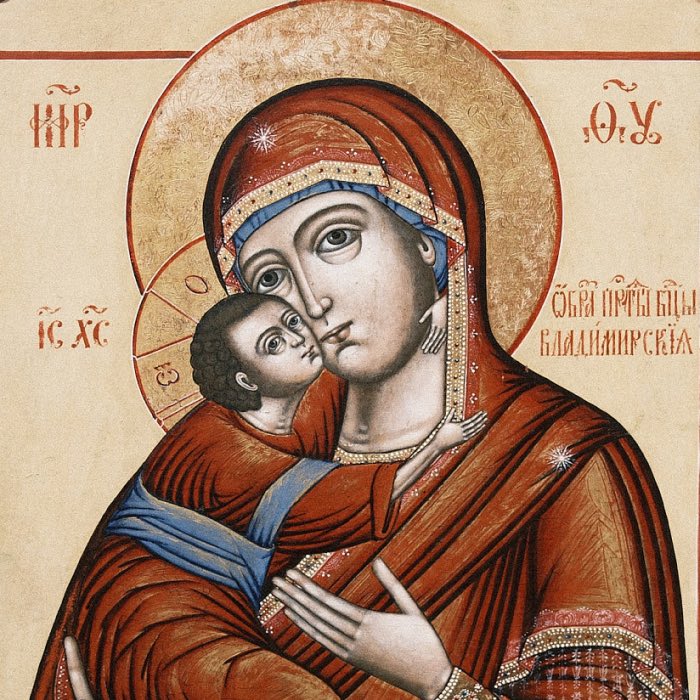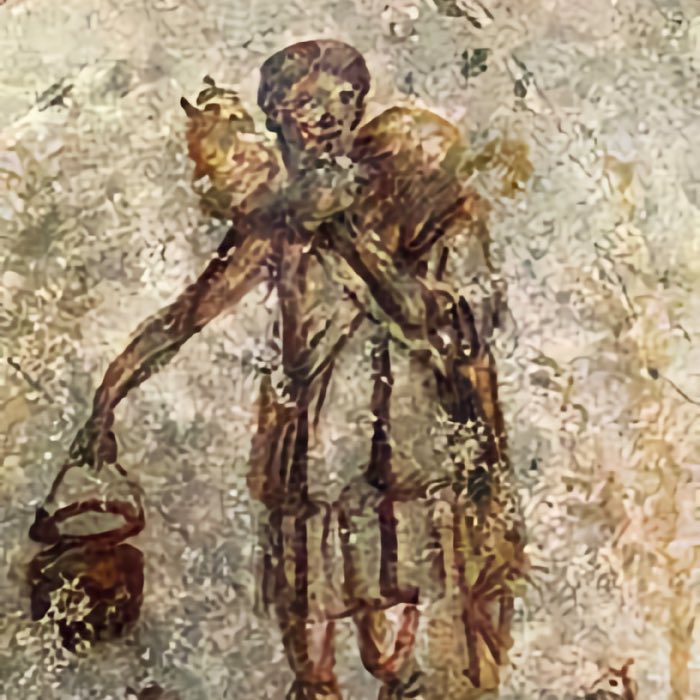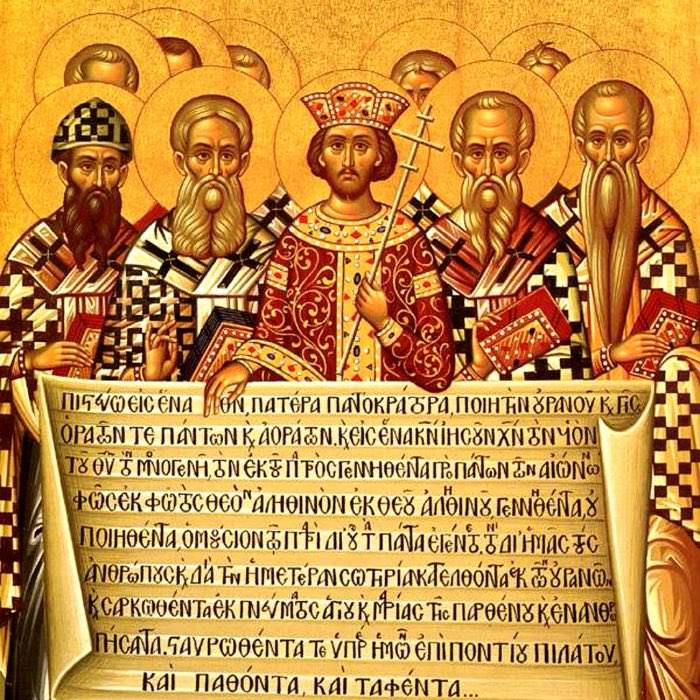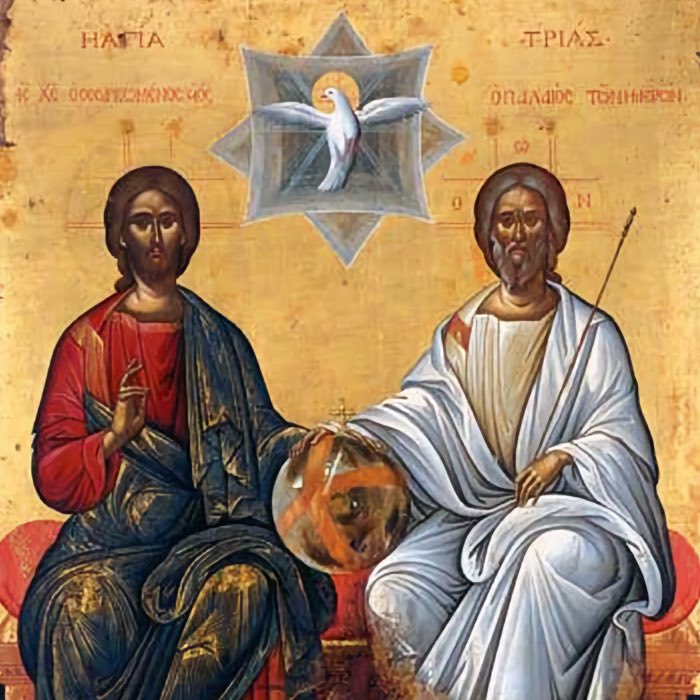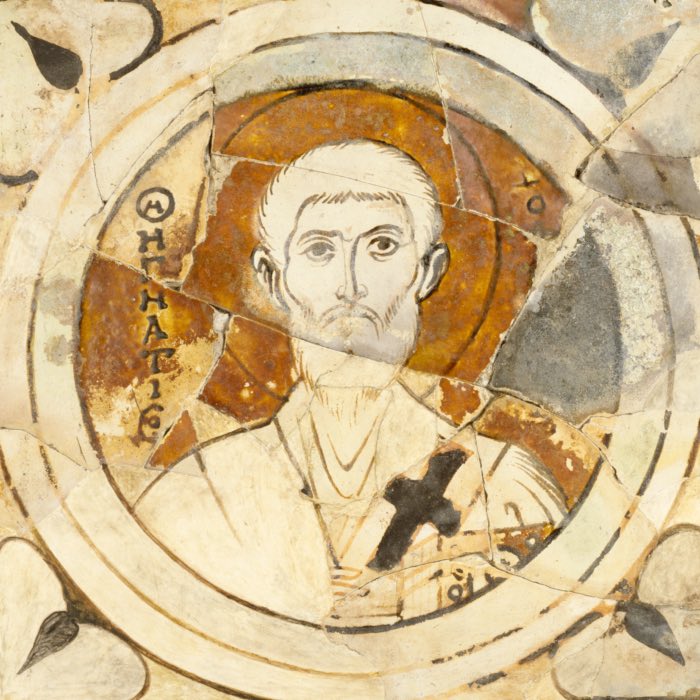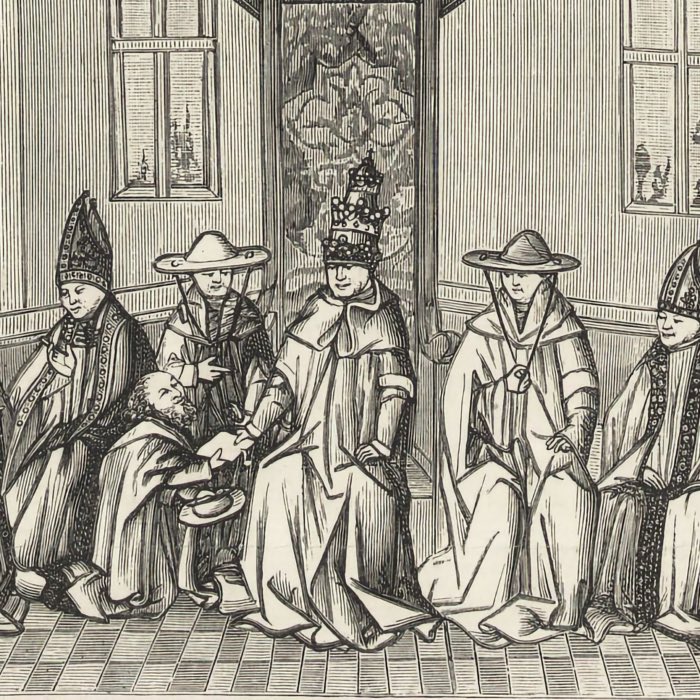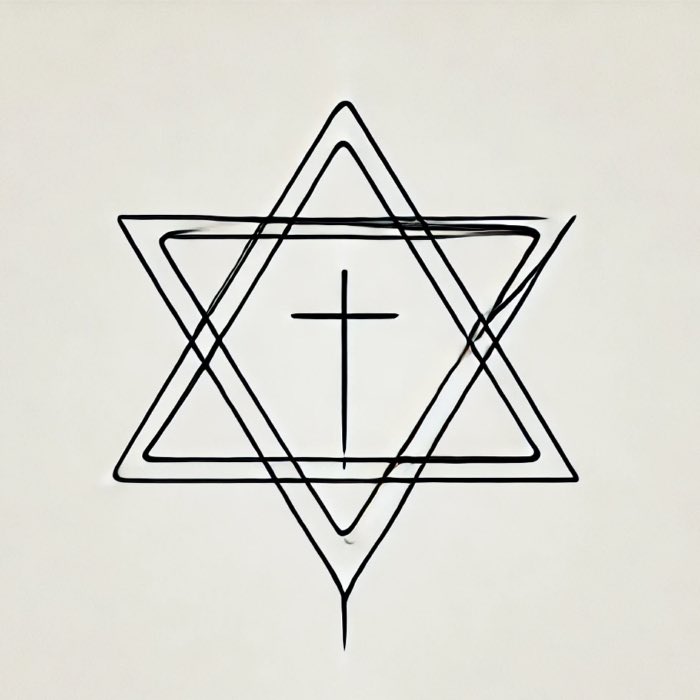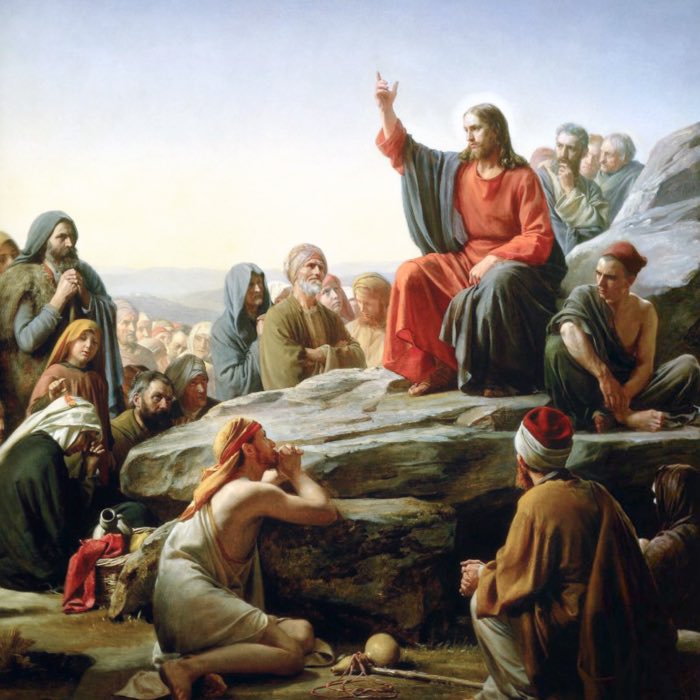Weekend Stories
I enjoy going exploring on weekends (mostly). Here is a collection of stories and photos I gather along the way. All posts are CC BY-NC-SA licensed unless otherwise stated. Feel free to share, remix, and adapt the content as long as you give appropriate credit and distribute your contributions under the same license.
diary · tags · RSS · Mastodon · flickr · simple view · grid view · page 7/36
Faith or order? The true reasons behind Roman persecution of Christians
The perception of Christian persecution in the Roman Empire often evokes images of unwavering believers suffering gruesome punishments for their faith. However, the reality is far more complex and nuanced. Contrary to popular belief, Christians were not primarily persecuted for their religious doctrines or beliefs. Instead, the Roman authorities’ actions stemmed largely from legal, social, and political concerns, with religion playing a secondary role. In this post, we explore the multifaceted reasons behind the persecution of Christians in the Roman Empire and shed light on the broader context in which these events unfolded.
Is Christianity a polytheistic religion?
Christianity is widely regarded as the paragon of monotheism, standing alongside Judaism and Islam as one of the so-called Abrahamic faiths. This perception, however, demands scrutiny. While Christian theology insists on the worship of a singular, all-powerful God, its historical development and ritualistic practices reveal a cosmos teeming with divine and semi-divine figures. These figures are venerated across cultures and epochs in ways that resemble pre-Christian polytheistic traditions. Christianity, it seems, may not be as monotheistic as it claims to be.
Mother of God cult in the Roman empire and its transformation into Marian devotion
The veneration of Mary, the proclaimed Mother of Jesus, holds a central place in Christianity today, but its development is deeply rooted in the religious and cultural traditions of the Roman Empire. Far from being a concept that emerged fully formed, the cult of Mary evolved gradually, shaped by both theological debates within early Christianity and the broader cultural influences of maternal archetypes from Greco-Roman religions. This synthesis allowed Christianity to appeal to a diverse audience in a pluralistic empire while providing continuity for converts from other faiths. This post explores the origins, development, and significance of Marian devotion, focusing on how it emerged from and transformed existing traditions.
Earliest depictions of Jesus
The visual representation of Jesus has undergone significant evolution over centuries, reflecting shifts in theological emphasis, political messages, cultural influences, and artistic traditions. The earliest depictions are a blend of simplicity, symbolic abstraction, and borrowing from contemporary artistic conventions. These images provide a fascinating insight into the lives and beliefs of early Christian communities and the ways they sought to express their faith visually.
First Council of Nicaea and the political construction of the Nicene Creed
The First Council of Nicaea, convened in 325 CE by Emperor Constantine I, has long been heralded as a watershed moment in Christian history, shaping the theological framework of the religion for centuries to come. Often portrayed as a council addressing spiritual unity and doctrinal clarity, a closer examination reveals its primary motivations were far from purely spiritual. Instead, the council served as a political instrument to consolidate power, define orthodoxy, and exclude opposing interpretations within the burgeoning Christian movement. Central to this effort was the formulation of the Nicene Creed, a declaration of faith that entrenched the doctrine of the Trinity — an artificial construct that served as a boundary marker rather than a reflection of spiritual revelation. In this post, we explore the political context of the Nicene Council and how the Nicene Creed was crafted as a tool of ecclesiastical and imperial authority, rather than a genuine expression of divine truth.
Trinity: An example of how Christianity engineered itself beyond its original scriptures
The doctrine of the Trinity, one of the central tenets of mainstream Christian theology, posits that God exists as three coequal and coeternal persons: the Father, the Son, and the Holy Spirit. However, when we examine the earliest Christian writings — particularly the epistles of Paul — we find little evidence that this doctrine was part of early Christian belief. Instead, it appears to have developed over several centuries through a complex process of theological debate, doctrinal evolution, and ecclesiastical consolidation. In this post, we explore how the concept of the Trinity was absent from Paul’s theology, how later Christian doctrines were shaped through reinterpretation, textual alteration, and even forgery, and how crucial elements of what we now consider core Christian beliefs were defined long after the earliest Christian communities.
The birth of Christian priesthood and hierarchical structures: From egalitarian communities to institutionalized religion
The establishment of a formal priesthood and hierarchical structures in Christianity marked a significant departure from the original ethos of the Jesus movement. In its earliest days, the Jesus community operated as a loosely organized and egalitarian network of believers, emphasizing mutual support, shared leadership, and spiritual equality. Over time, however, as the movement expanded, it adopted increasingly formalized structures of leadership and worship. This evolution was influenced not only by internal needs for organization and authority but also by the cultural and religious environment of the Roman Empire.
The Didache: The blueprint of a developing church and the birth of ritualized Christianity
The Didache (Teaching of the Twelve Apostles), one of the earliest Christian texts outside the New Testament, provides a fascinating glimpse into the practices and beliefs of the early Jesus movement. Likely written in the late first or early second century CE, this text serves as a manual for Christian communities, covering topics such as ethics, baptism, the Eucharist, and church organization. While it sheds light on the simplicity of early Christian life, it also reveals the early emergence of ritualized and hierarchical structures that would later define the institutional Church.
How much does Christianity actually differ from Judaism?
The relationship between Christianity and Judaism has been a topic of theological, historical, and cultural debate for centuries. While Christianity is often perceived as a distinct religion with unique beliefs, practices, and institutions, a deeper analysis reveals that Christianity is deeply rooted in Judaism, to the point that it might be better understood as a Jewish sect that evolved under specific historical conditions. This post examines Christianity’s foundational elements — its theology, scriptures, ethics, rituals, and symbolism — and argues that Christianity is inherently Jewish, with some meaningful divergence from its parent tradition.
Why Jews did not believe in Jesus: Historical and theological roots of the Jewish-Christian divergence
The emergence of Christianity in the first century CE as a distinct movement within Judaism raises fundamental questions about why the majority of Jews did not accept the figure of Jesus of Nazareth as the long-awaited Messiah. The reasons are rooted in the theological, sociopolitical, and cultural contexts of the time, as well as differing interpretations of messianic expectations. In this post, we briefly examine the historical and religious landscape of Second Temple Judaism, the nature of Jewish messianic hope, and the ways in which early Christian beliefs conflicted with those expectations, ultimately leading to the divergence between Judaism and Christianity.

